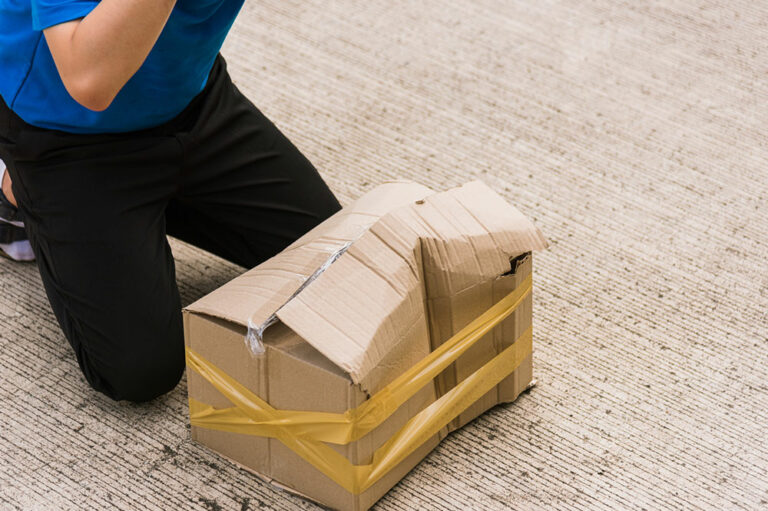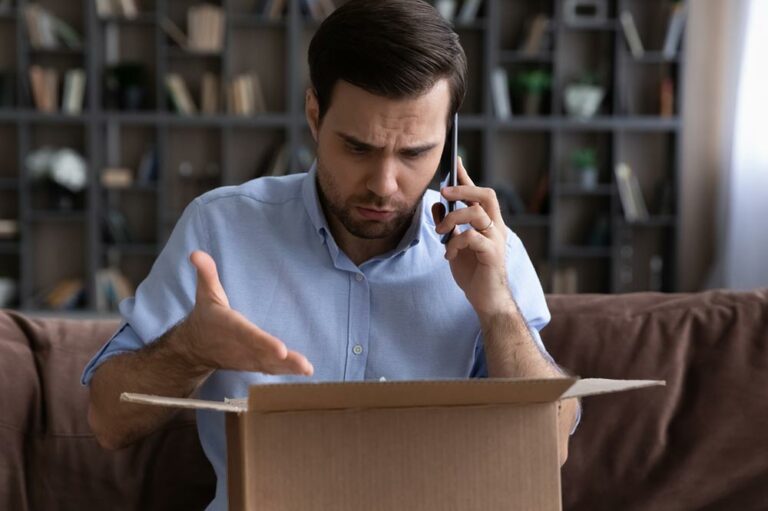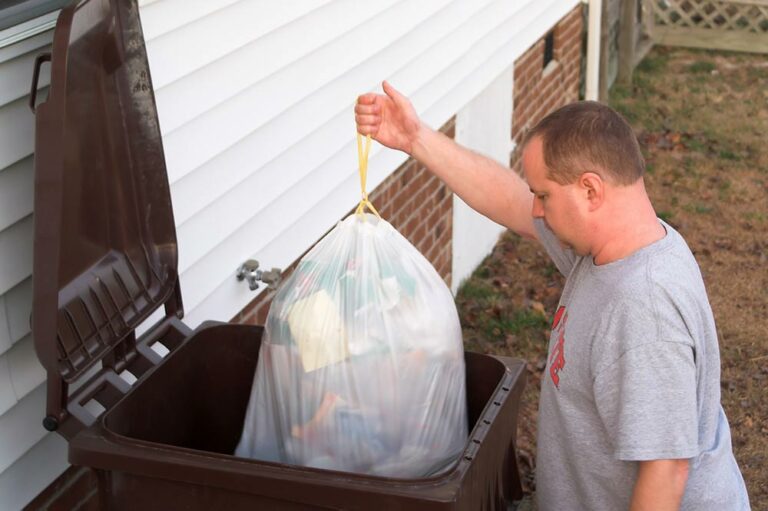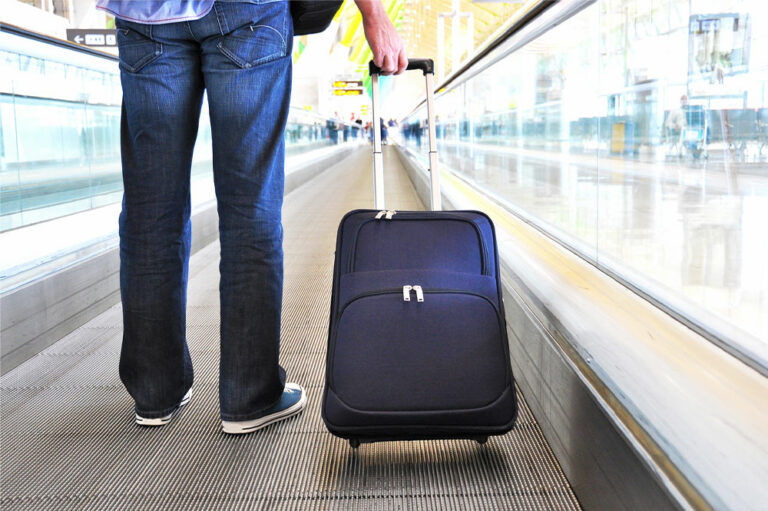4 common packaging mistakes to avoid

Packaging is integral to any product-based business or industry, serving as both a protective shield and a marketing tool. A lot goes into making functional, reasonable packaging in terms of expenses, protecting the product, and being highly aesthetic and memorable. Many times, minor mistakes in packaging can end up costing a lot. These mistakes waste resources, may render the product useless, and may lead to business losses.
Mistakes to avoid while packaging
Avoid these seven common packaging mistakes to ensure that the last lap of the product life cycle is seamless:
1. Adding too many callouts
Callouts are texts or notes that may include important product information, promotional messages, or usage instructions. Adding a laundry list of features to the packaging may overwhelm the customer and dilute the impact of key selling points. It’s best to stick to up to three relevant callouts that resonate with customers and let the product do the talking.
2. Adding misleading labels
One can personalize boxes and pouches in many ways, but it’s important to let the packaging represent the brand and product well. Misleading labels can damage consumer trust and brand credibility, which requires much time and effort to rebuild. One should thoroughly check product labels and manuals. Ensure that they’re transparent and inform customers about the potential risks or allergies involved with the product.
3. Not leveraging eco-friendly packaging
Sustainable or eco-friendly products and packaging have garnered significant appeal in recent times. Many customers study the brand’s eco-conscious efforts and prefer to purchase from environmentally responsible companies. Brands can leverage that and go for packaging that is organic, biodegradable, or made from recyclable materials. Conversely, a brand that promises eco-friendly products but sends them across in heavily non-recyclable or excessively packaged boxes may risk upsetting customers.
4. Overpackaging
One should aim to make the unpacking experience pleasant for the customers. However, if it is heavily packaged with materials like excessive plastic or bulky cardboard, it can often frustrate them. Excessive packaging can not only be frustrating for customers but also add costs to transport and storage, serving no real purpose. So, it’s best to ease the process with products like resealable zip locks or minimalist designs and conduct customer surveys regarding one’s packaging to gather feedback and improve.










